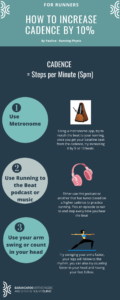Why do I twist when I squat?
Do you find yourself always leaning or rotating to one side when you squat?
Recently, squats are gaining popularity in today’s modern society. Yes they have an endless list of health benefits, however if done incorrectly this may cause a poor performance in your training session or worst case scenario an injury.
If you notice that you constantly twist when you squat, you should book in for an assessment with a physiotherapist here.
This lateral shifting of weight could be caused by several factors:
1.Muscular strength and/or endurance imbalance
Most commonly, twisting or rotating in a squat is caused by a lack of muscular strength/endurance in either the lateral core strength and/or glutes. A result of a muscular imbalance can be your knees caving in or torso leaning/rotating.
2. Poor ankle, knee or hip mobility
The squat requires a lot of mobility in 3 key areas. Without adequate mobility you will be forcing the body to find a compensatory pattern (leaning or rotating the body, reduce squat depth, lifting the heel, and/or knee caving in)
3. Hip socket alignment
Everyone is unique, we are born and built differently. Some people have hips capable of squatting with a narrow stance, and some do not.Therefore, it is finding the correct stance best suited to your body and needs.
Conclusion
In conclusion, building strength and mobility in these various muscles or joints will change your overall positioning, allowing you to squat without leaning or rotating.
The next time you are completing a squat make sure you’re not shifting either side. If you have any questions or queries don’t hesitate to call us!








